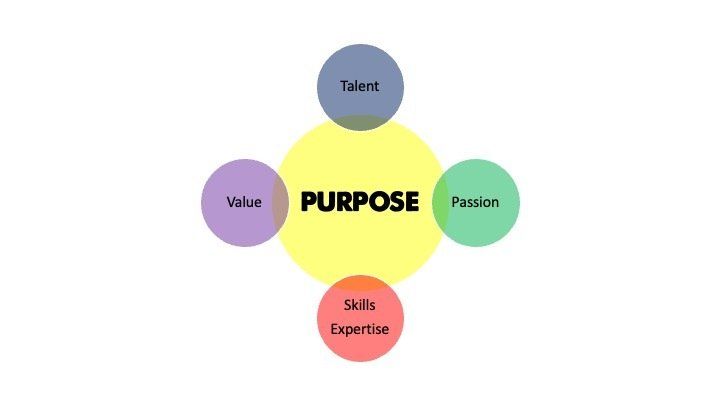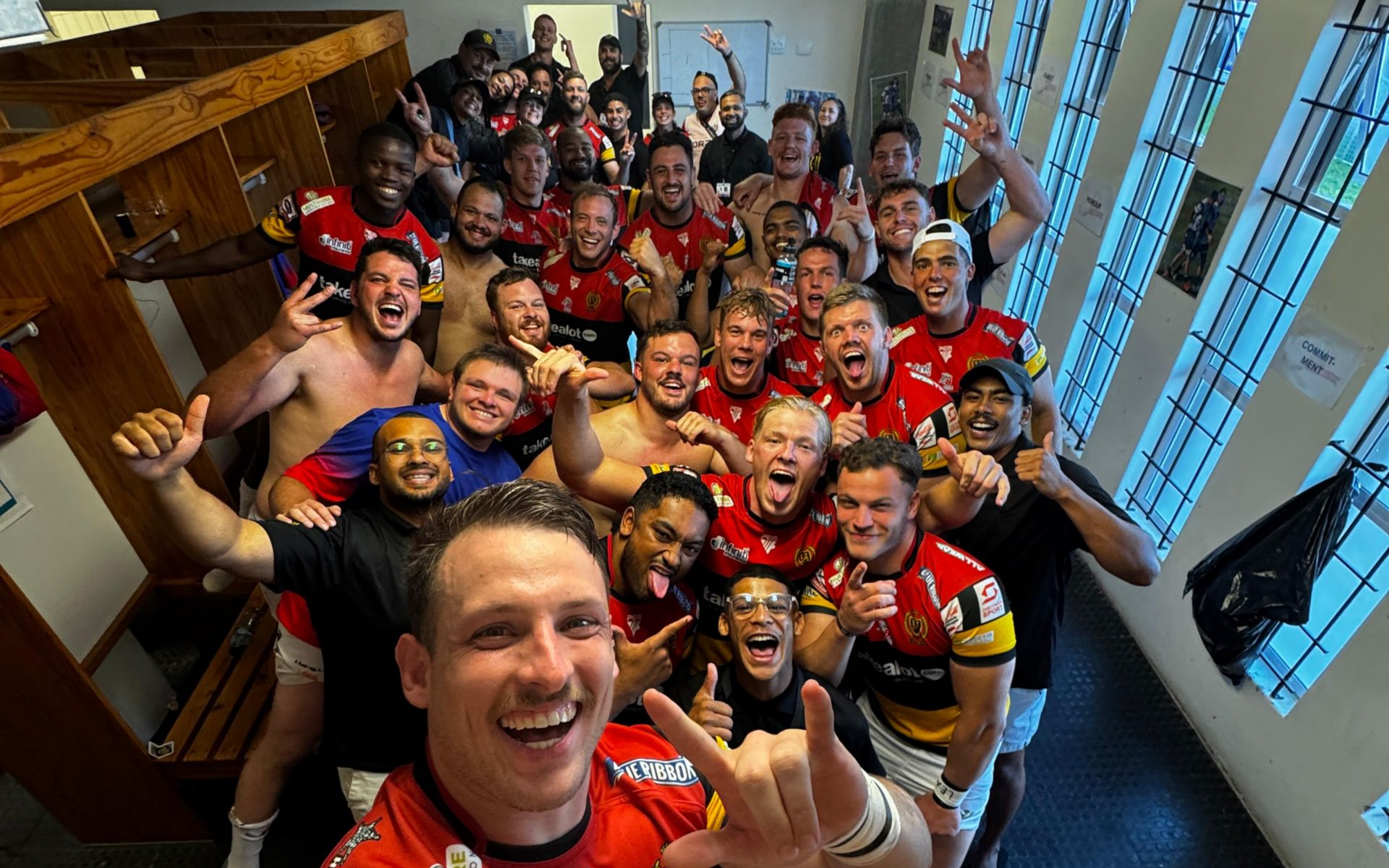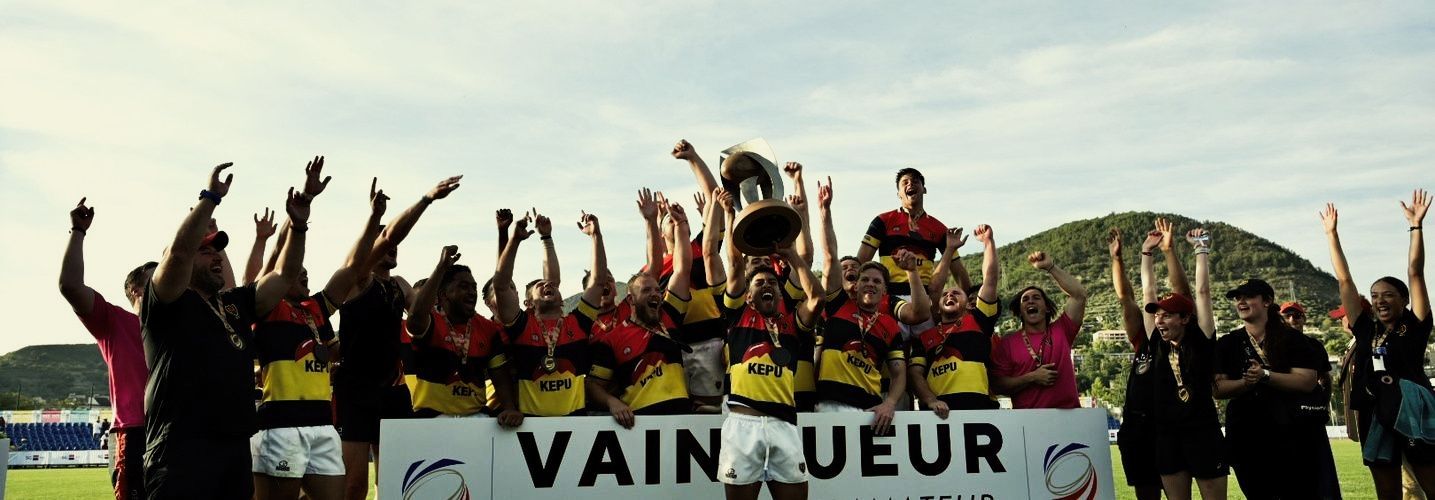Finding your 'why'?
What is your purpose?
Do you know your 'why'?
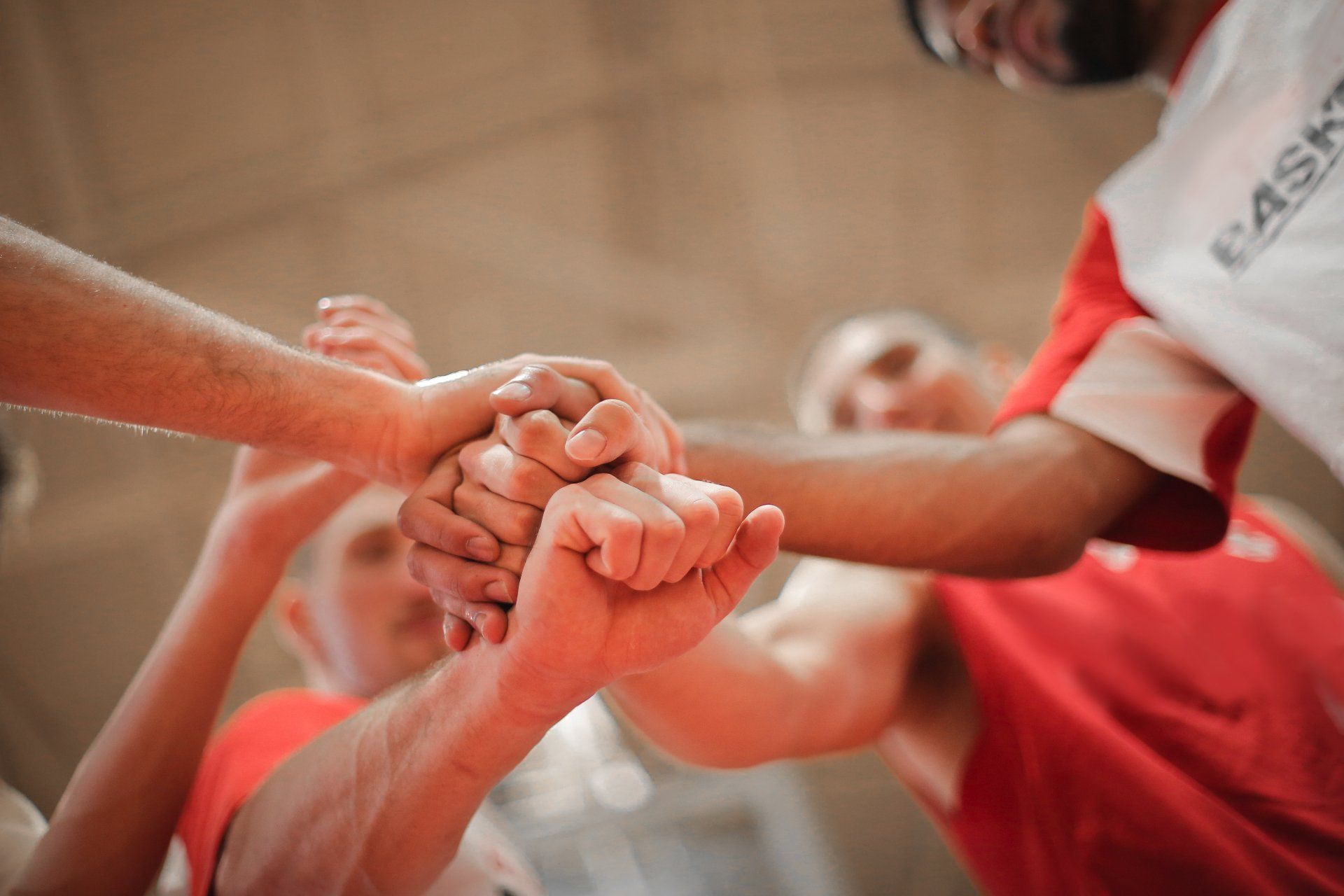
In recent years it has become more and more common to find ‘your passion’ (O’Keefe, Dweck, & Walton, 2018). This ‘finding of purpose’ has become a challenge for most of us living in the Western World. The ideal of living authentically and being ‘true to oneself’ is ever-present and all around us.
A core component of authentic selfhood is to find an occupation that is a passion and fulfil all your dreams (James, 2015). However, we get so caught up in day-to-day living that we don't take the time to examine this, or we are struggling to solve this puzzle. Once we understand this (your ‘why'), a sense of clarity will follow and this will make it easier to make decisions and guide your principles (Arnold, 2021).
While it may be argued that many other professions have high workloads, few, if any, have thousands (sometimes millions) of people interested in, and watching them perform their job, or scrutinising the performance outcome like those involved in High-Performance and professional sports. At the elite level sporting environments are largely complex, dynamic and very unpredictable (McLean & Mallett, 2012).
In an environment where sport has become part of the entertainment industry, how do we find that purpose in life and keep the flame burning through our careers, our players, and people within our organisations?
In a previous article "A lethal combination: Culture and High Performance" I mentioned that to drive a great culture within a High-Performance organisation/team there needs to be a common purpose. In essence a common ‘why’ between everyone involved within the organisation/team.
If the common purpose is clear, people will be willing to commit and sacrifice for the cause.
It is the very essence of our being.
We use this purpose as the foundation to build our ‘why’ and our ‘how’.
Unlike animals, which are driven simply to survive, we humans crave more from life than just mere survival. German philosopher Frederick Nietzsche once said: “He who has a why can endure anyhow” (Warrell, 2013).
Before we can even get close to finding a common purpose and ‘why’ within our organisations and teams, we need to get our people to fully grasp their own personal purpose and ‘why’. Once we have done that we can move onto the common ‘why’ and how to achieve goals that excite us all, and so create a life more fulsome than merely existence.
There might not be a ‘one size fits all’ approach to understanding your ‘why’, but there are ways to get a deeper realisation of what drives you and so gain a perspective on what you have to offer the world.
As Dr Margie Warrel writes in her book Stop Playing Safe your ‘life’s work’ sits in the intersection of your talents, skills/expertise, passions, and deepest values.
To narrow down our search we need to understand that in the sporting domain, motivation represents one of the most central elements for athletes and people in High Performance set-ups (McLean & Mallett, 2012).
There are two types of motivation in sport.
Intrinsic and extrinsic motivation.
Intrinsic motivation is the athletic behaviour that is driven by internal or personal meaningful rewards.
Extrinsic motivation is the athletic behaviour that is geared toward external rewards.
Ideally, we would like to see more of an intrinsic motivation in our High-Performance people. If the intrinsic motivation is increased people will be better equipped to focus on the present and they will be able to maintain a consistent level of motivation (Cohn, 2022).
The only real way to get to that magic answer of what drives me, what is my purpose, what is my ‘why’, is to answer some questions honestly and formulate a ‘why’ statement for yourself.
The following questions will help you formulate your why.
1. Does the work that I am currently doing, express what I truly want to do?
a. Does it align with my core beliefs?
b. Do I need to make changes and what risks do I need to take?
2. What makes me come alive?
a. What causes are there that are close to my heart, and I feel that I want to pursue?
b. What do I really care about in life?
c. Is there something I deeply value and yet have not fulfilled in my life.
d. What obstacles are standing in my way?
e. What am I willing to sacrifice?
3. What are my strengths?
a. What are my special talents?
b. What are my special skills?
4. Where can I add the greatest value through the
a. application of my education?
b. application of my skills?
c. use of my knowledge and skills?
5. How do I want my life to be measured?
a. What would I like to accomplish within the next 10 years of my life that that would provide meaning to my being?
b. What do I want your legacy to be?
c. What stands in my way?
(Arnold, 2021; Warrell, 2013)
As mentioned in a previous article ‘A lethal combination: Culture and High Performance’ the following cycle shows what professional players within the sporting industry generally go through:
- As kids, players have a love for the game they play and they play it with passion.
- The more they play the game, the more they realise they have a talent for the game and realise that this can become a profession.
- Players turn professional and earn money for what once was a game they played for the pure love of the sport.
- At the end of players’ careers the sport has now become a necessity to sustain life and in most cases the love and passion has disappeared
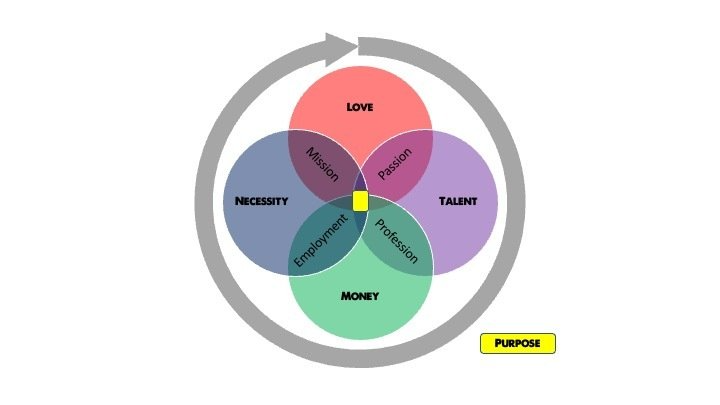
When players get to the “necessity” part of the cycle, that is when we start to see athlete burnout.
Burnout in High Performance individuals develops gradually and remains unnoticed for a lengthy period of time.
Athlete burnout has been defined as a multidimensional phenomenon characterised by:
(a) emotional and physical exhaustion, associated with intense training and competition.
(b) reduced sense of accomplishment, with athletes feeling unable to achieve personal goals and performing below expectations; and
(c) sport devaluation, referring to a loss of interest, a ‘‘don’t care’’ attitude or resentment toward the sport environment
(Vitali, Bortoli, Bertinato, Robazza, & Schena, 2015)
To make sure the fire burns strong for a long time, make sure you, your players and management have a clear statement on their personal ‘why’.
References
- Arnold, L. (2021). Finding your “why” leads to the “hows.” The State Journal, 31.
- Cohn, P. (2022). What’s The Best Motivation For Athletes? Retrieved November 9, 2022, from https://www.peaksports.com/sports-psychology-blog/whats-the-best-motivation-for-athletes/
- James, S. (2015). Finding Your Passion: Work and the Authentic Self. M/C Journal, 18(1). Retrieved from https://journal.media-culture.org.au/index.php/mcjournal/article/view/954
- McLean, K. N., & Mallett, C. J. (2012). What motivates the motivators? An examination of sports coaches. Physical Education and Sport Pedagogy, 17(1), 21–35. https://doi.org/10.1080/17408989.2010.535201
- O’Keefe, P. A., Dweck, C. S., & Walton, G. M. (2018). Implicit Theories of Interest: Finding Your Passion or Developing It? Psychological Science, 29(10), 1653–1664. https://doi.org/10.1177/0956797618780643
- Vitali, F., Bortoli, L., Bertinato, L., Robazza, C., & Schena, F. (2015). Motivational climate, resilience, and burnout in youth sport. Sport Sciences for Health, 11(1), 103–108. https://doi.org/10.1007/s11332-014-0214-9
- Warrell, M. (2013). Do You Know Your “Why?” 4 Questions To Find Your Purpose. Retrieved November 7, 2022, from https://www.forbes.com/sites/margiewarrell/2013/10/30/know-your-why-4-questions-to-tap-the-power-of-purpose/?sh=7f96375673ad

